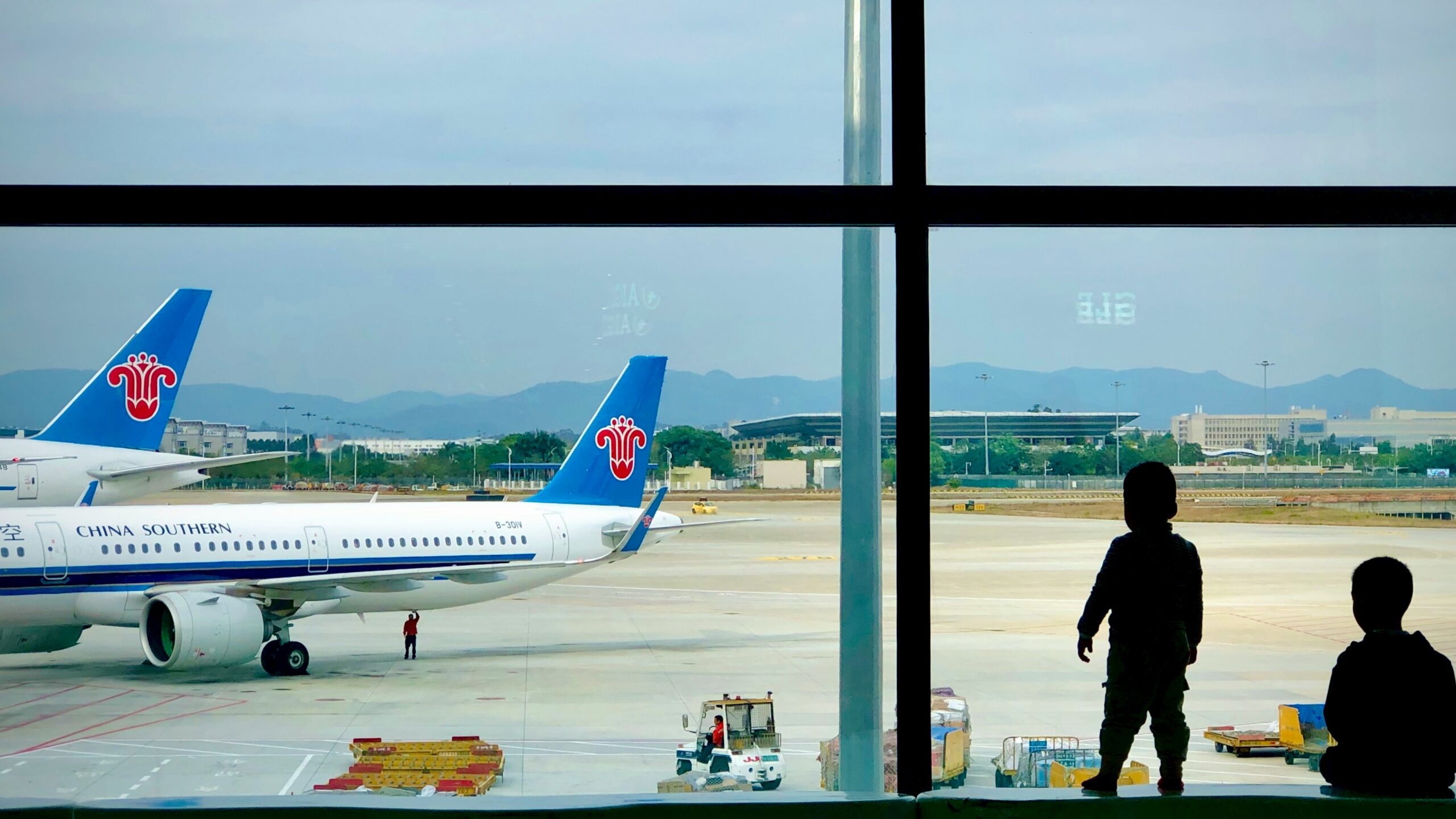Chinese Carriers Gain Approval to Boost U.S. Flights to 50 per Week
However, flight numbers are just one-third of the pre-pandemic schedule between China and the U.S.
by Lauren Smith
February 28, 2024

Photo: China Southern. Courtesy of Jay Zhang / Unsplash
Starting next month, Chinese airlines will be allowed to operate 50 roundtrip passenger flights to the United States every week, an increase of 15 flights from the current limit. This move by the U.S. Department of Transportation (DOT) aims to normalize the U.S.-China travel market following the tensions caused by the pandemic.
Since the outbreak of the coronavirus pandemic in 2020, flights between the two largest economies of the world have been limited. China has greatly reduced the number of flights to the U.S., and in response, the U.S. has also imposed restrictions on Chinese flights into the country.

Photo: China Southern, Boeing 787-9 Dreamliner. Courtesy of Scarbor Siu / Unsplash
Unlike more than 100 countries that have Open Skies agreements with the U.S.—which allow airlines almost unrestricted ability to operate flights to the U.S. as long as airport landing slots are available—China has to negotiate air travel with the U.S. through bilateral agreements.
Before the pandemic, China and the U.S. could each operate 150 roundtrip flights weekly between their countries. However, between early 2020 and May 2023, the number of permitted flights was limited to only eight each.

Photo: Air China, Boeing 747-8. Hat Trick on Unsplash
Last spring, the DOT increased the limit on Chinese flights to 12 weekly, which the Chinese government matched. Subsequently, the limit on Chinese flights was raised to 18 weekly from August, 24 weekly from October, and 35 weekly from November.
Other Chinese travel markets opened up more quickly after China lifted pandemic restrictions at its borders in January 2023. According to aviation analytics provider OAG, 30% more seats are available between China and the United Kingdom than before the pandemic. Additionally, there are more seats on flights between China and Italy, New Zealand, and Qatar than five years ago.
China Reopens Gradually
The U.S. and China have been working together on gradually reopening the air services market and restoring travel links between the two countries. The DOT has been collaborating with the Chinese aviation regulator to implement a roadmap for a phased and predictable return to capacity entitlements.
Chinese airlines have been crossing Russian airspace on their flights to and from the United States, causing concern among U.S. airlines and politicians. By doing so, Chinese airlines are able to burn less fuel and reduce flight times by two hours compared to U.S. airlines, which are barred from overflying Russia. However, the DOT has quietly compelled Chinese airlines serving the U.S. to avoid Russia, and newly approved flights have been skirting around the region since last summer.

Photo: Guangzhou International Airport. Courtesy of Andreas Felske / Unsplash
The slow restoration of travel links between the U.S. and China has had a significant economic impact. Boosting Chinese tourism to 2019 levels would add $30 billion and 50,000 jobs to the U.S. economy, according to U.S. Commerce Secretary Gina Raimondo, who visited China last summer.
Despite the economic benefits, Airlines for America, a trade body representing major U.S. airlines, supports the U.S. government’s approach of gradually and reciprocally reopening the market with China.
“It’s imperative the U.S. government maintains this approach,” it added.
The Chinese embassy in Washington D.C. welcomed the DOT’s latest increase in permitted flights. “We are glad to see the positive progress made on increasing direct passenger flights between China and the U.S.,” it said in a statement. It added that the embassy is working to “further facilitate cross-border travel and promote people-to-people exchange between the two countries.”



